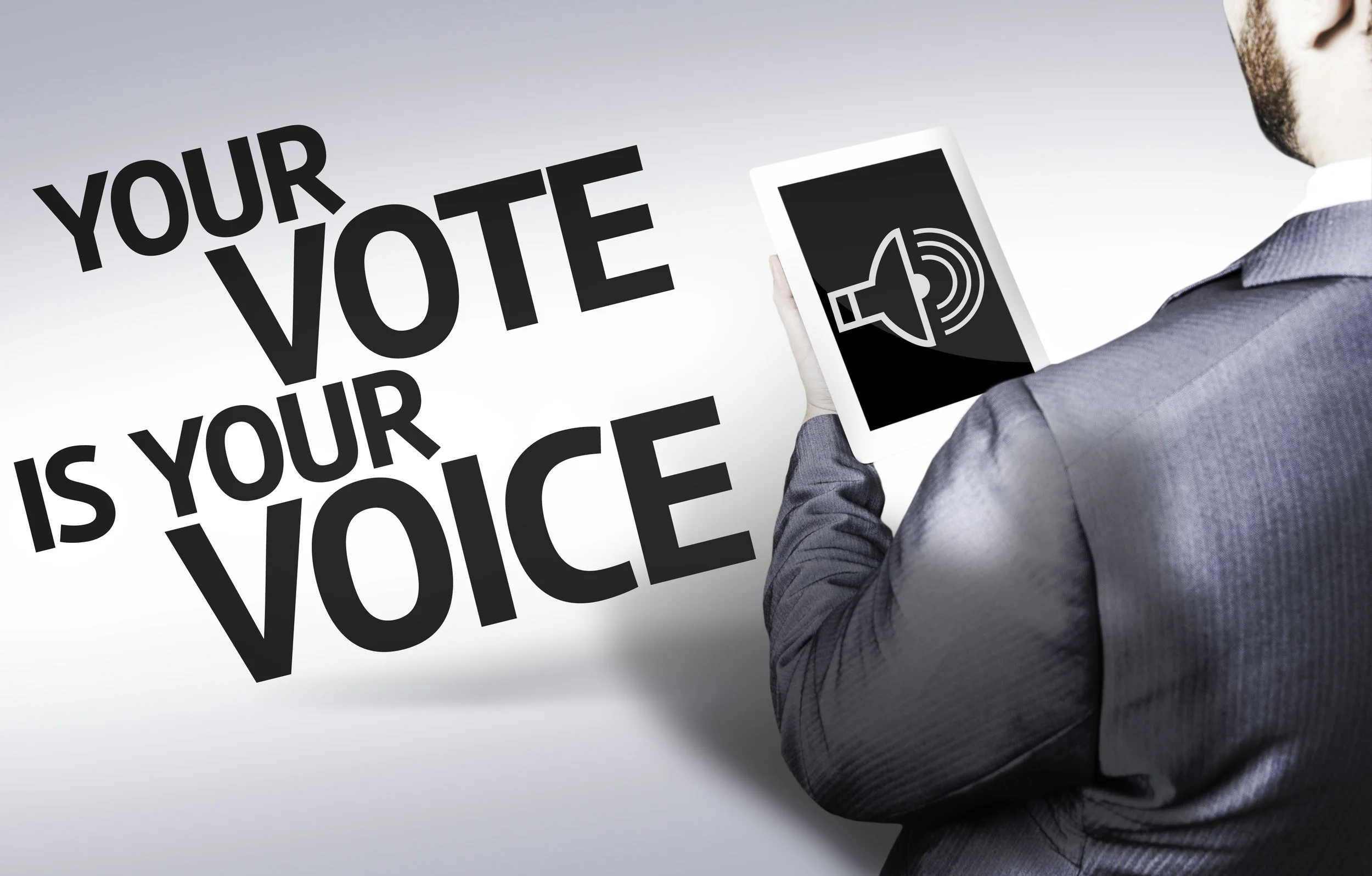Don't blame voters for low participation in elections. Blame the system.
Every presidential election, millions of Americans decline to participate. In 2016, just under 40% of eligible voters did not go to the polls. The United States historically has one of the lowest voter turnout rates and was recently ranked 31 out of 35 countries in a Pew Research Center study. There are a number of causes that contribute to the dismal turnout in the U.S., including restrictive voting laws, gerrymandered districts, a lack of automatic registration, etc.
However, it is impossible to ignore the fact that presidential candidates often do not even try to encourage voters in most of the country to participate. In 2016, both major presidential candidates focused their efforts on twelve battleground states representing about 30% of the population, and neither one tried to encourage national voter turnout. While the overall voter turnout rate for 2016 was around 60%, battleground states like Colorado, Wisconsin, and New Hampshire had voter turnout rates between 70 and 74%. Conversely, the reliably blue and red states of New York, Texas, South Carolina, and California all had voter turnout rates between 50 and 60%. The consistently Democratic state of Hawaii reported the lowest numbers, with less than 50% of eligible voters participating in the 2016 election.
There are also voter turnout gaps between different demographic groups, resulting in policies that do not reflect the diversity of the electorate. Affluent, older white Americans consistently have higher levels of voter turnout over minorities, persons with low income, and young people. In 2016, 70% of individuals over the age of 70 voted, while only 43% of individuals under 25 voted. This leaves a huge chunk of the eligible voting population, many of whom are already less advantaged, completely out of the political process. Elected officials therefore do not always represent the interests of their entire electorate and may enact policies that would not be supported by the eligible voters.
Why not just vote then? Voters in only three states determined the winner of the presidency in our last election – Pennsylvania, Wisconsin, and Michigan. Each were won within a margin of 7/10 of a percentage point. If you account for faithless electors, the race came down to only four states, those three plus New Hampshire. A 3 million vote lead in the popular vote for Hillary Clinton was erased by 67,000 votes for President Trump. In 2004, the same scenario nearly took place when John Kerry came within 65,000 votes of winning Ohio and with it the presidency, even though he was 3 million votes behind in the popular vote. When it comes to electing the president, several thousand votes in enough close states nullify several million cast in states where the margin of victory is wider. This is because it is more valuable to win a greater number of electoral votes, given in 48 states by the winner-take-all method, than it is to actually receive the most votes cast by eligible Americans. In no other election in America is this the case.
To encourage policies that are supported by a wider selection of the American voting public, we must increase voter turnout across the country and across all demographics. Where the winner-take-all method only incentivizes candidates to campaign for the small number of votes that might matter, a presidential selection method based on national popular vote would place an equal value on every vote. Candidates would need to encourage voters across the country to come out and vote for their platform in order to be successful. The more Americans who cast meaningful votes on election day, the more will we see elected officials enact policies that resemble the diversity of concerns in our country.


